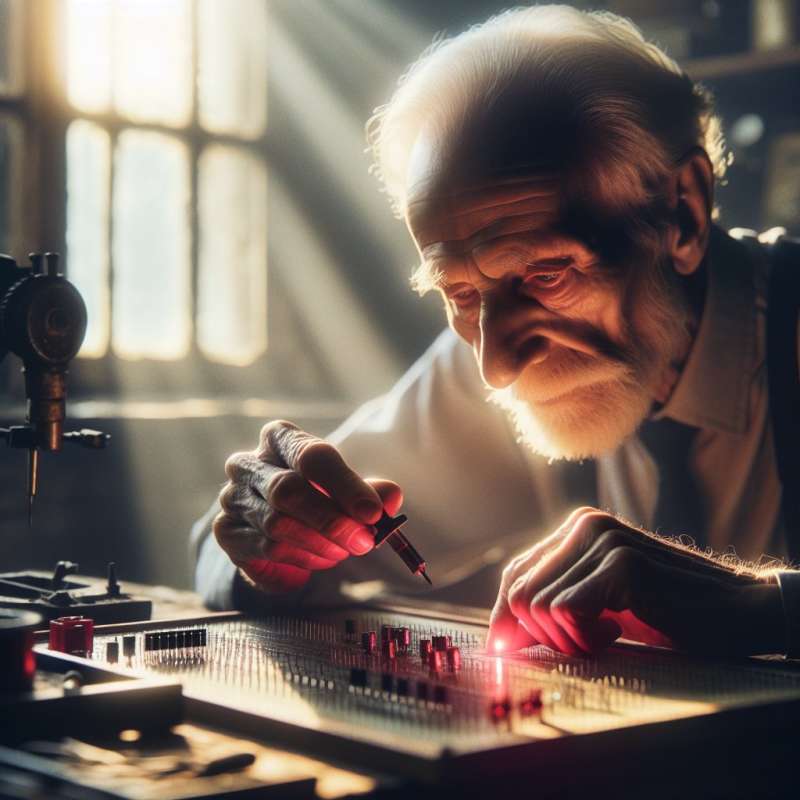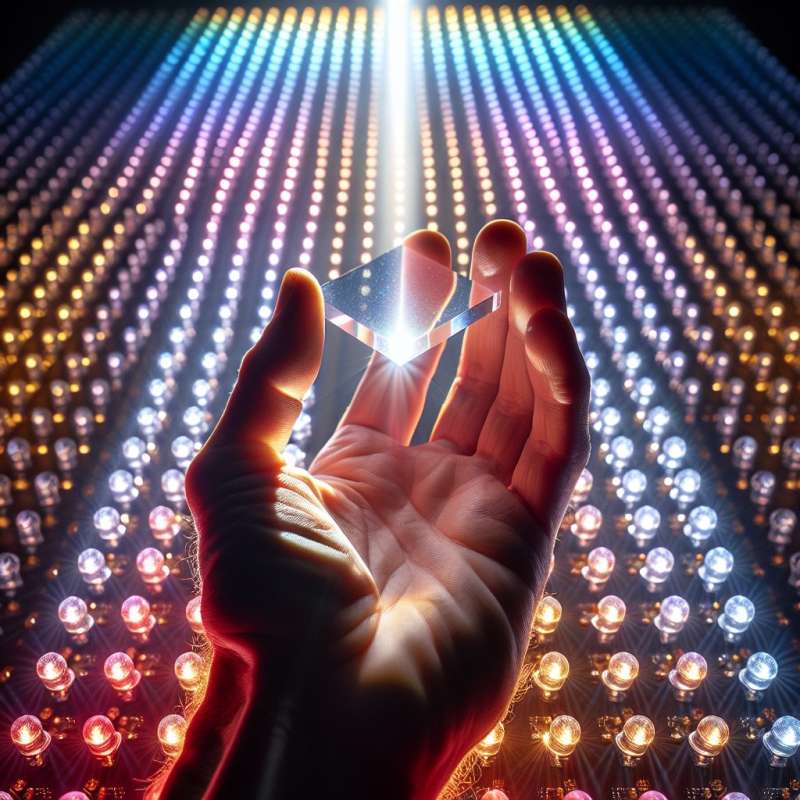
Discovery of Electroluminescence
The phenomenon of electroluminescence, the core process in LEDs, was discovered by British experimenter H. J. Round in 1907. It wasn't until the mid-20th century that this effect was harnessed into practical devices.
First Practical LED Invention
Nick Holonyak Jr. created the first practical visible-spectrum (red) LED in 1962 while working at General Electric. His invention was initially used as indicators and in seven-segment displays.
LEDs' Color Range Expansion
Originally limited to red, technological advancements have expanded LEDs' color range to the full visible spectrum, including white. This was achieved by varying the semiconductor material and modifying the LED's construction.
Efficiency Surpasses Incandescents
LEDs convert over 80% of electrical energy into light, outperforming incandescent bulbs which only manage about 20%. This efficiency drastically reduces energy consumption, leading to their widespread adoption.
Longevity and Durability
LEDs have an impressive lifespan, often lasting around 25,000 to 50,000 hours. Their solid-state construction makes them more resistant to shocks and vibrations compared to fragile incandescent bulbs.
Biological Lighting Innovations
Recent advancements in bio-LEDs include the development of LEDs using organic materials like protein and even integrating living cells, potentially opening doors to bio-hybrid applications and reducing environmental impact.
Smart LED Technology
Today's LEDs go beyond illumination; they are now integral parts of smart technology ecosystems. They can change colors, adjust brightness, and be controlled remotely, offering unprecedented customization and energy-saving potential.
Who discovered electroluminescence?
Nick Holonyak Jr.
Thomas Edison
H. J. Round
Company